1800 Bartending School offers bartending license certification in Kew Gardens, NY, giving you the knowledge and skills to succeed. Let’s help you turn your passion into a thriving career.
Reviews
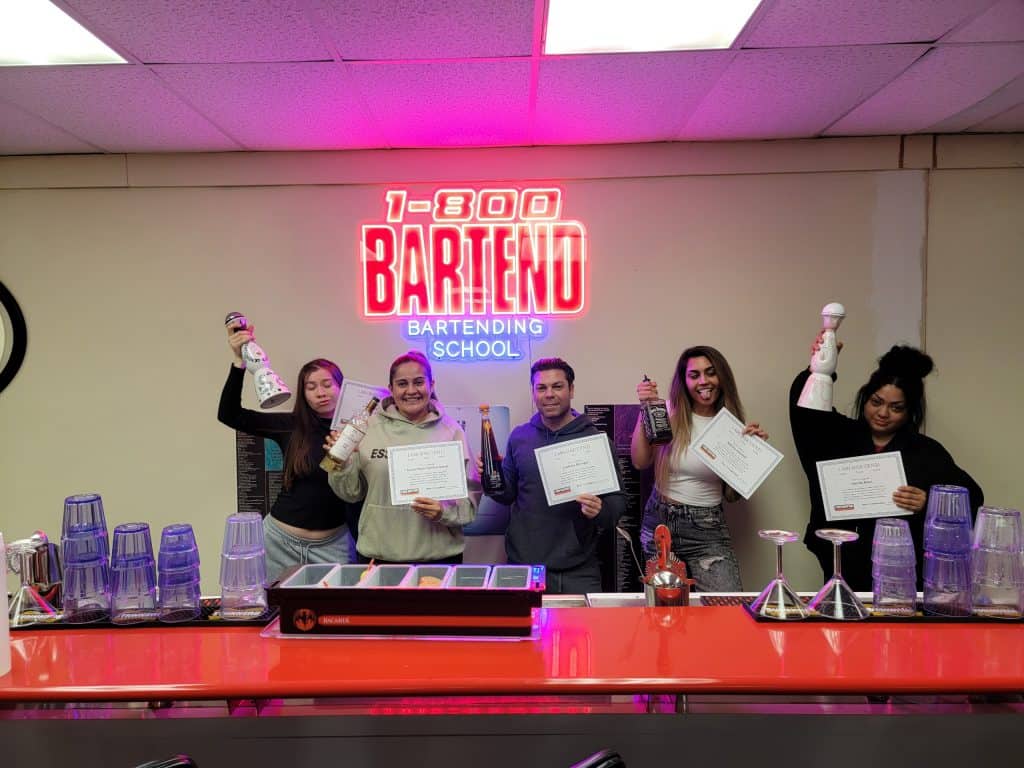
Mixology Classes in Queens
At 1800 Bartending School, we’re passionate about helping aspiring bartenders in Queens achieve their career goals. Located in Kew Gardens, NY, we aim to provide training that prepares you for challenges and opportunities in the bartending world. Our courses balance hands-on learning with real-world insights, so you’ll walk away with the skills you need to stand out.
From mixing techniques to legal certifications, we cover everything to give you a strong start. Whether you’re just beginning or looking to strengthen your abilities, we’re here to support your journey. Call 516-212-9850 today and let’s talk about how we can help you succeed.
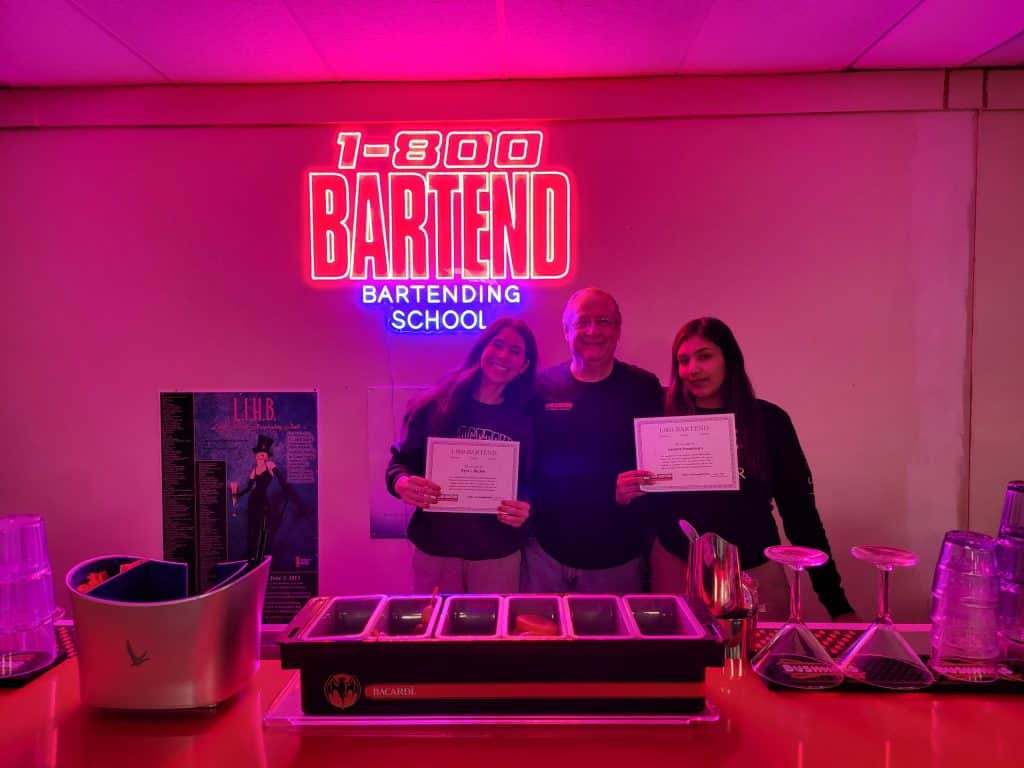
3 Steps to Becoming a Licensed Bartender
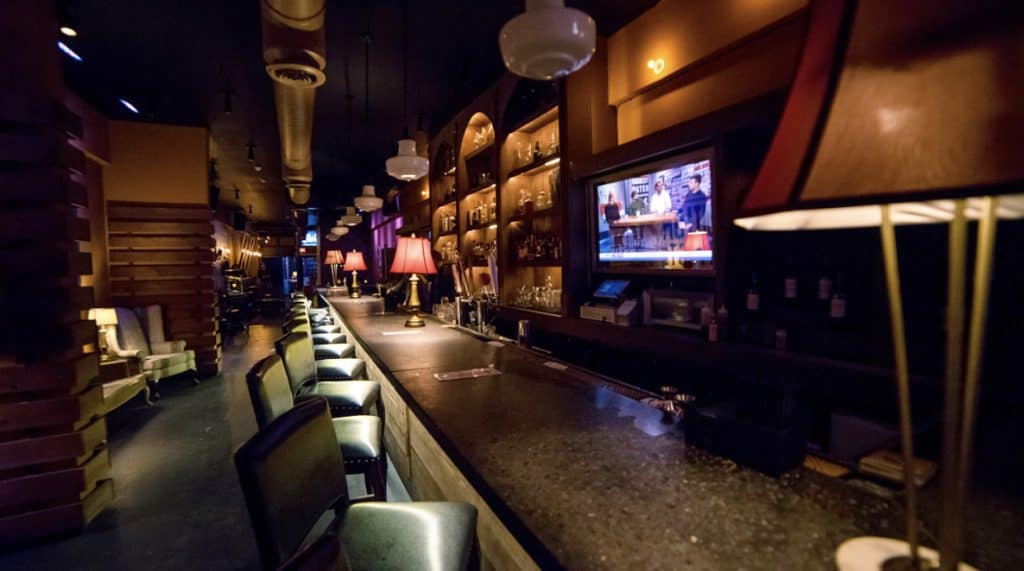
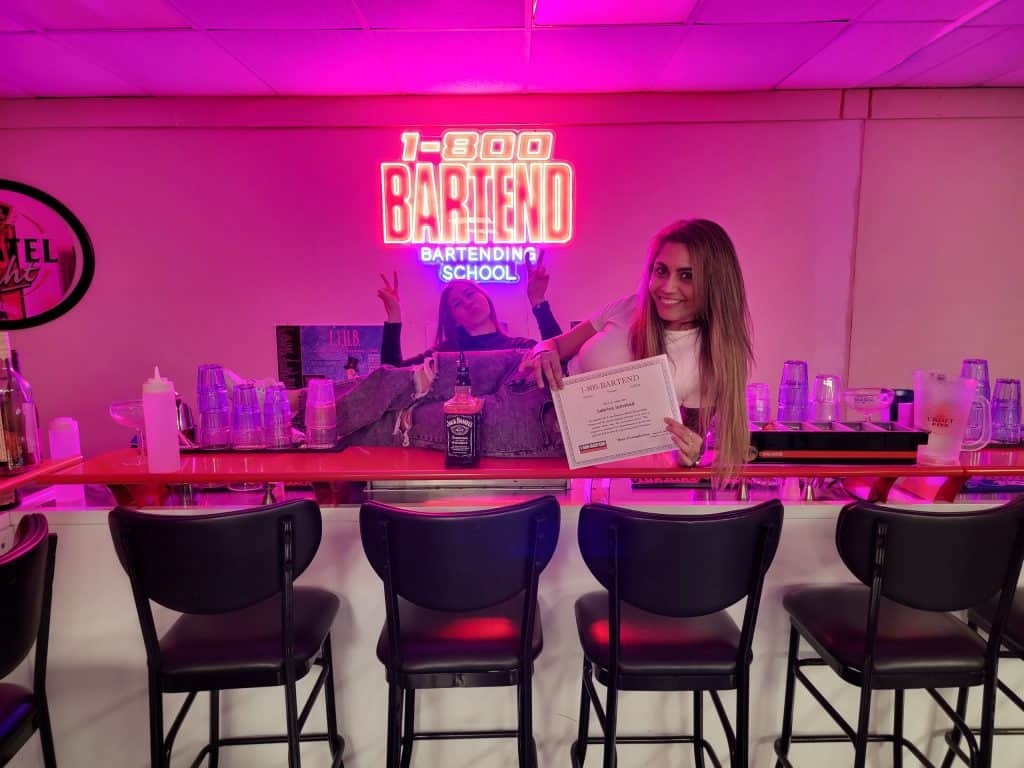
Why Take a Bartender Course?
A bartending license helps you meet local requirements and helps you stand out in Queens’s fast-paced hospitality industry. Bartending license certification shows employers you’re ready to take on the responsibility of serving customers and creating memorable experiences.
At 1800 Bartending School, our bartending and mixology classes in Kew Gardens, NY are designed to build both confidence and credibility. Whether you’re learning to craft cocktails or navigating the licensing process, our training prepares you for real-world success. Contact us at 516-212-9850 today and take the first step toward a rewarding career in bartending.
Kew Gardens was one of seven planned garden communities built in Queens from the late 19th century to 1950. Much of the area was acquired in 1868 by Englishman Albon P. Man, who developed the neighborhood of Hollis Hill to the south, chiefly along Jamaica Avenue, while leaving the hilly land to the north undeveloped.
Maple Grove Cemetery on Kew Gardens Road opened in 1875. A Long Island Rail Road station was built for mourners in October and trains stopped there from mid-November. The station was named Hopedale, after Hopedale Hall, a hotel located at what is now Queens Boulevard and Union Turnpike. In the 1890s, the executors of Man’s estate laid out the Queens Bridge Golf Course on the hilly terrains south of the railroad. This remained in use until it was bisected in 1908 by the main line of the Long Island Rail Road, which had been moved 600 feet (180 m) to the south to eliminate a curve. The golf course was then abandoned and a new station was built in 1909 on Lefferts Boulevard. Man’s heirs, Aldrick Man and Albon Man Jr., decided to lay out a new community and called it at first Kew and then Kew Gardens after the well-known botanical gardens in England. The architects of the development favored English and neo-Tudor styles, which still predominate in many sections of the neighborhood.
In 1910, the property was sold piecemeal by the estate and during the next few years streets were extended, land graded and water and sewer pipes installed. The first apartment building was the Kew Bolmer at 80-45 Kew Gardens Road, erected in 1915; a clubhouse followed in 1916 and a private school, Kew-Forest School, in 1918. In 1920, the Kew Gardens Inn at the railroad station opened for residential guests, who paid $40 a week for a room and a bath with meals. Elegant one-family houses were built in the 1920s, as were apartment buildings such as Colonial Hall (1921) and Kew Hall (1922) that numbered more than twenty by 1936.
Learn more about Kew Gardens.Here are some bartending-related links:
Mon - Sat:
9AM - 5PM
Sunday:
Closed
Sign up, get trained, and let’s get you behind the bar in just one week. Your future in bartending starts now!
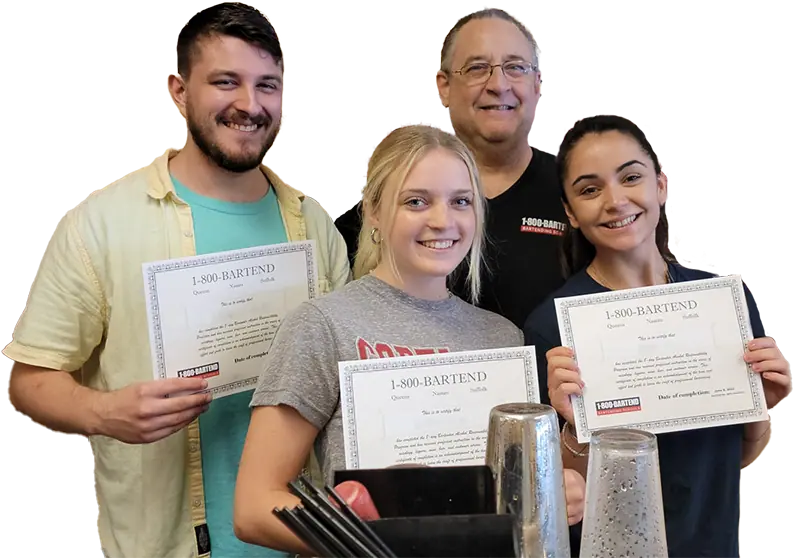
1-800-Bartend
For Students
For Businesses
Helpful Links